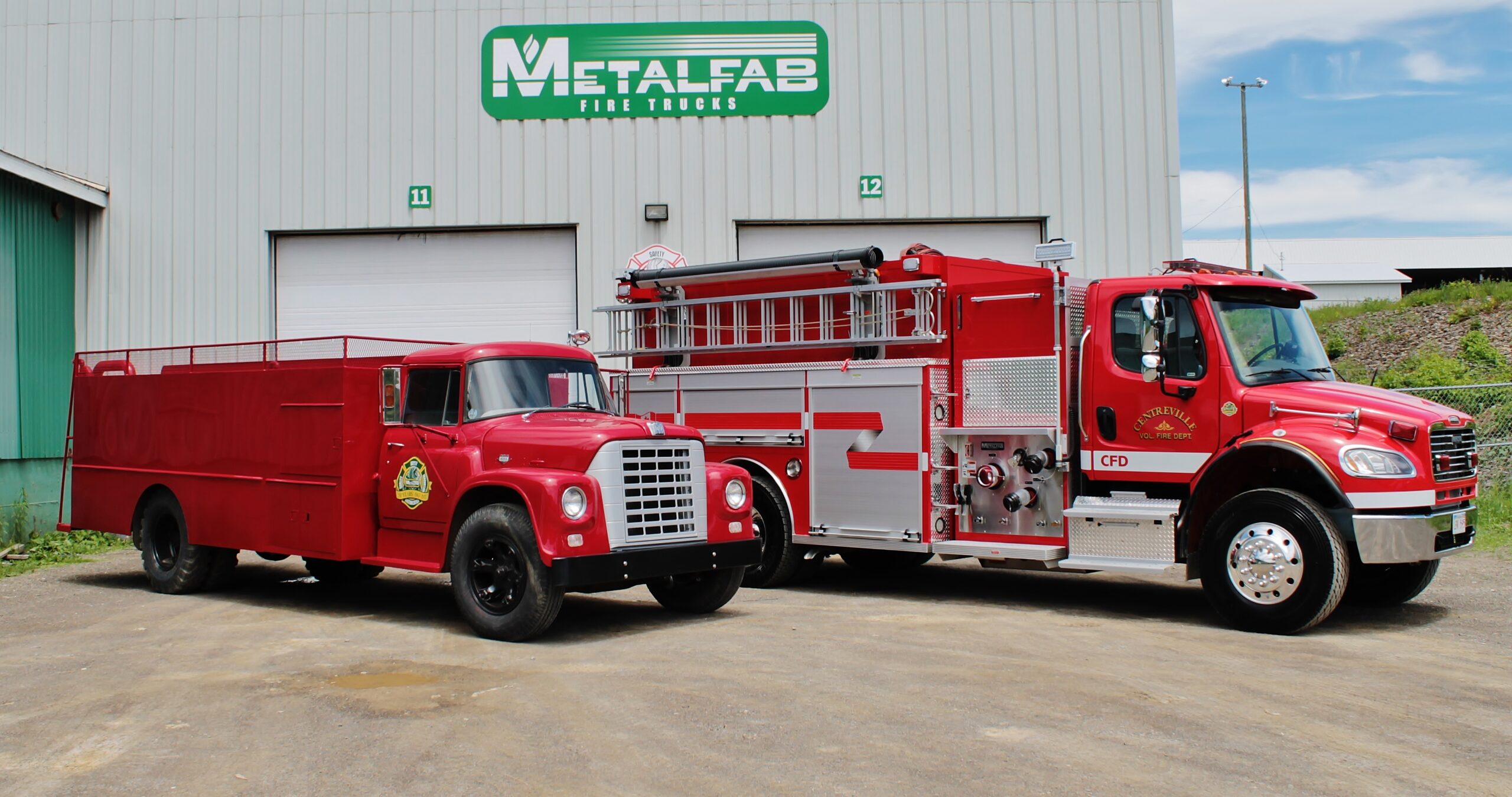

Every fire truck is the product of many parts brought together and assembled by the manufacturer. Typically your fire truck manufacturer will build the body and plumb and wire the unit, but the chassis, pump, valves, lights, and electrical components are all purchased from outside suppliers. At this time, every single one of Metalfab’s suppliers is facing challenges somewhere in the supply chain, resulting in possible delays to completion and delivery on nearly all of our units. Increased demand and the need to find alternative supply chain sources as a result of these delays are also driving up parts prices and impacting the cost of producing custom fire apparatus in the interim.
The greatest challenge we are currently facing in the supply chain is linked to semiconductors, computer chips and other small electronic components that power advanced modern fire truck technology. Most semiconductors come from overseas with only 12 percent being produced in North America. This imposes a precarious foreign dependency when millions of semiconductors are required to build a single computer chip. The chip shortage that began with the pandemic was aggravated in early March when a fire destroyed the industry’s most relied upon semiconductor factory in China. It has just recently resumed production. At Metalfab, our chassis suppliers need to install computer chips before they can ship us the chassis for each unit, creating a bottleneck for substantially all of our builds.
In the same month as the fire, the Suez Canal was famously blocked for six days, which resulted in a backlog of container ships bound for Los Angeles, Long Beach, and other ports. These ships were carrying foam, resin, and other materials essential in forming the seats for emergency vehicles and set us behind almost a week. Ongoing longshoreman strikes have also continuously impacted shipping times and these aren’t expected to be resolved until next year when new contracts start to take effect.
Beyond the water, ground freight has become increasingly constrained by truck driver shortages. With many seasoned drivers retiring and the unfavorable pandemic climate making it difficult to attract and retain new drivers, a growing number of trucks across the continent have been rendered idle. Trucking companies have had no choice but to increase compensation in response, driving freight costs up even further. The industry is currently pushing the USA Congress to pass the DRIVE-Safe Act, which would expand the potential workforce by lowering the minimum age for operating a Class 8 truck from 21 to 18.
The supply chain issues we are experiencing are a global disruption. What was initially a result of pandemic business shutdowns is now tied primarily to shipping bottlenecks. Cargo ships are being filled with toys, clothing, electronics, and furniture that consumers began ordering from Asia when they were unable to purchase from suppliers in North America. This has made it extremely difficult to ship other necessities, like fire truck parts, across the water in a timely manner without encountering fierce competition and exorbitant freight costs. As it stands, the industry won’t be able to catch up until well into 2022. In the meantime, margins continue to shrink.
Most original equipment manufacturers (OEMs) are taking only a limited number of orders going into 2022 to address parts pricing uncertainty. It is estimated that production is currently falling 25 percent behind demand, according to Freight Transportation Research Vice President Don Ake. At Metalfab, we are continuing to maintain strong relationships with our top suppliers to stay ahead of parts availability and working hard to shorten lead times as best we can, qualify for preferred pricing wherever possible, and have earlier access to alternative parts as they become available.
The lack of availability for parts is not only delaying production of new units, it also impacts the timeline for repairing existing units. Some departments are being forced to sign costly rental agreements or purchase older units to supplement their fleet in the meantime. Unfortunately, as demand for rentals and used emergency vehicles continues to rise, prices are soaring and eating further and further into departments’ annual funding.
Although we may not be experiencing shortages for the parts required to build your custom fire truck, a truck ahead of you in the production line that is affected by supply chain issues may consequently impact the completion and delivery of your custom unit. We understand that this situation is incredibly frustrating for fire departments across North America. As we navigate these challenges together, please be assured that Metalfab is here to support your department in any way we are able. If you have questions or concerns surrounding parts shortages and how to respond in the interim, please do not hesitate to give us a call or contact us.
